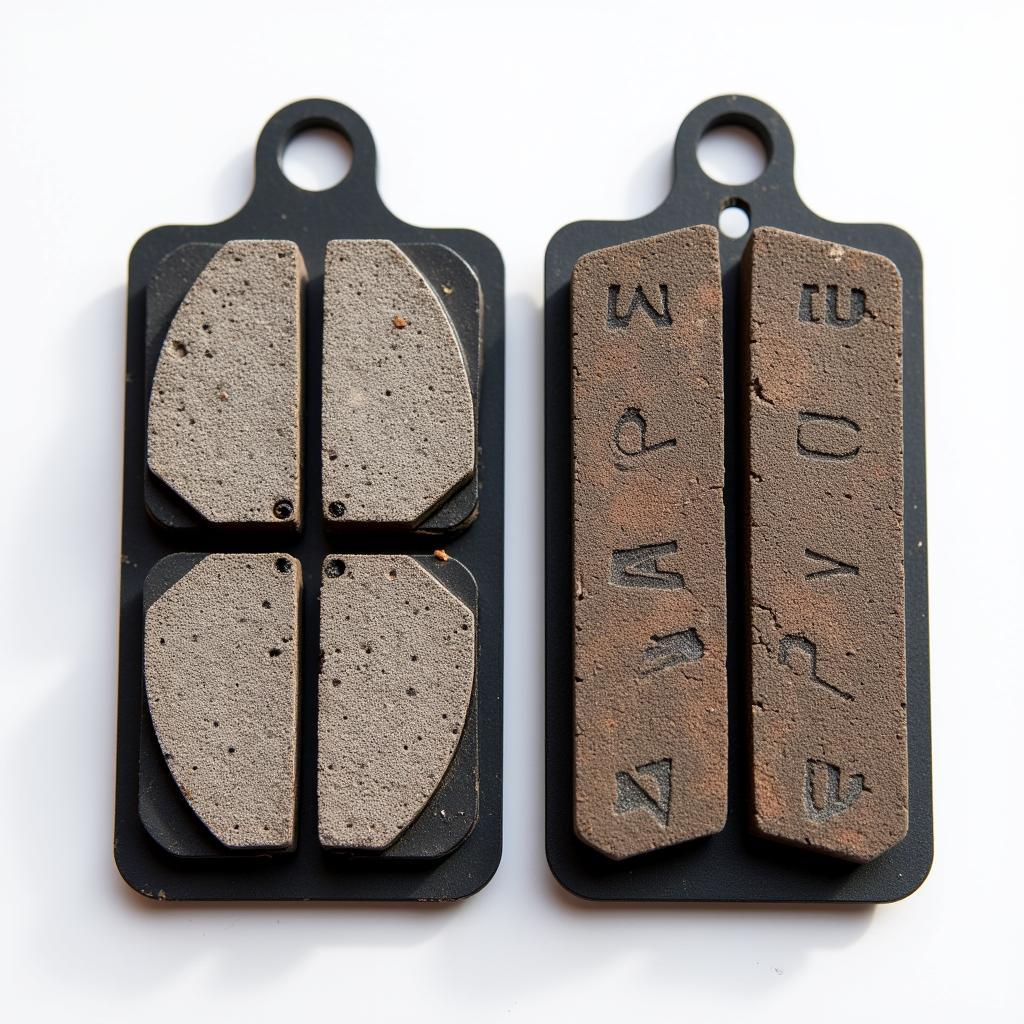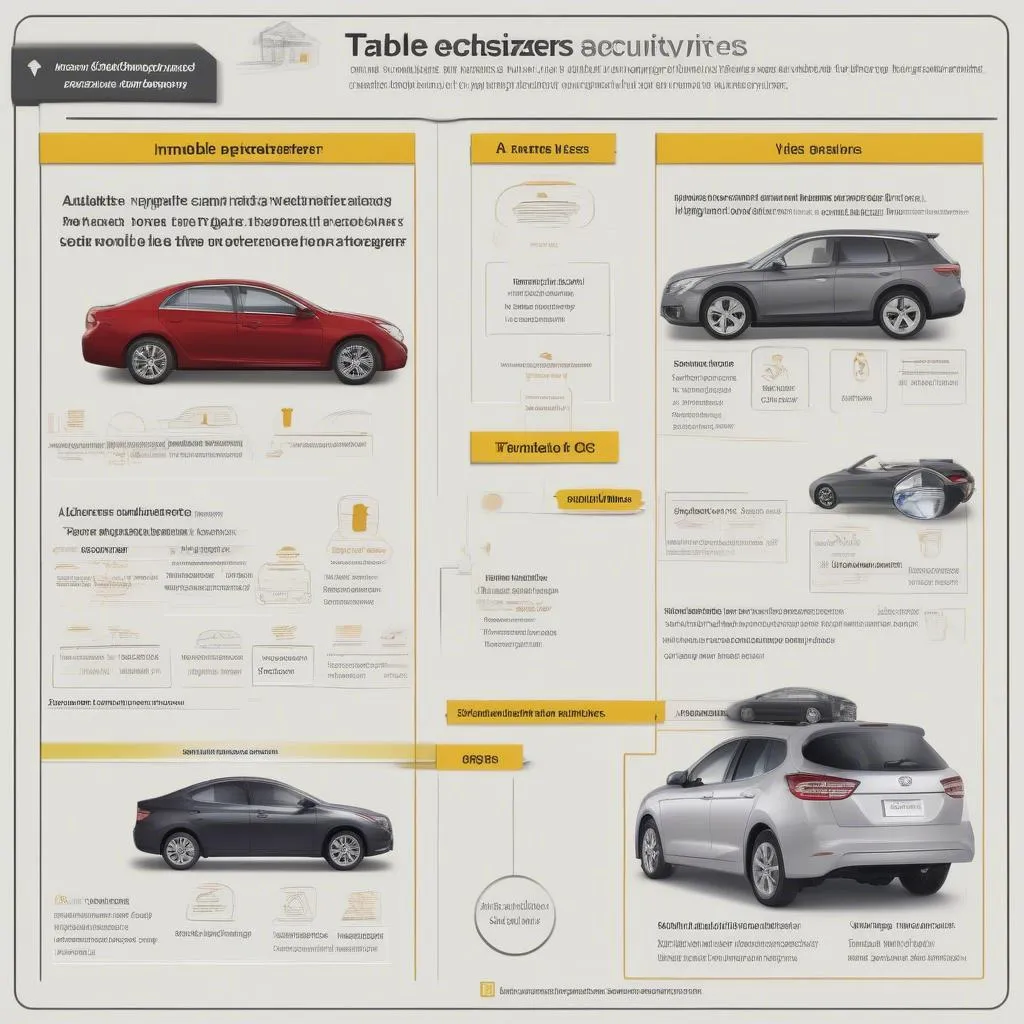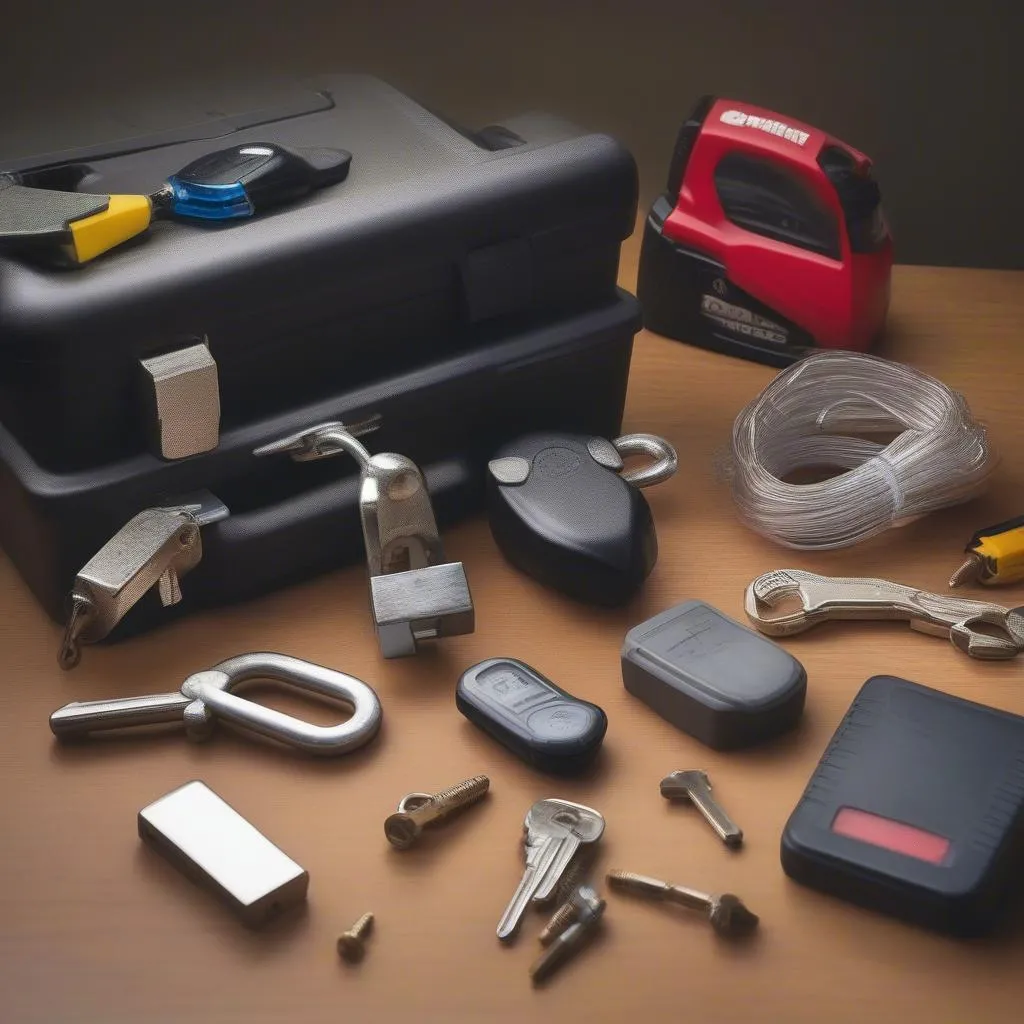If your brake warning light remains on, it’s a crucial signal that demands immediate attention. This persistent illumination indicates a potential problem with your braking system, requiring prompt troubleshooting. This article will delve into the common causes, diagnostic approaches, and solutions for a persistent brake warning light. After reading this article, you should have a better understanding of why your brake warning light is on and what you can do about it. You can also learn more about when the brake warning light illuminates by visiting when does the brake warning light come on.
Understanding the Brake Warning Light
The brake warning light serves as a critical safety indicator, alerting you to potential issues within your braking system. It’s designed to illuminate when specific conditions are met, signaling a need for inspection and potential repairs. Ignoring this warning could lead to dangerous driving conditions and compromise your safety.
Common Causes of a Persistent Brake Warning Light
Several factors can contribute to a continuously illuminated brake warning light. Some of the most common causes include low brake fluid, a faulty parking brake switch, worn brake pads, issues with the ABS (Anti-lock Braking System), or problems with the brake master cylinder. Each of these requires a different diagnostic approach and solution. For specific car models like the Nissan Pathfinder, you can find targeted information at nissan pathfinder brake warning light.
Low Brake Fluid
One of the primary reasons for a persistent brake warning light is low brake fluid. This could be due to a leak in the brake lines or simply due to worn brake pads. Check the brake fluid reservoir and top it off if needed. However, if the fluid level consistently drops, a leak is likely, requiring immediate professional attention.
Faulty Parking Brake Switch
A malfunctioning parking brake switch can also trigger the brake warning light. This switch is designed to engage and disengage the parking brake and can sometimes become stuck or fail, leading to the persistent light. Testing the switch and replacing it if faulty often resolves this issue.
Worn Brake Pads
Brake pads are designed to wear down over time. When they reach a critical thickness, a sensor triggers the brake warning light to alert you to the need for replacement. Continuing to drive with worn brake pads can damage the rotors and other braking components, leading to more costly repairs.
 Worn Brake Pads Comparison
Worn Brake Pads Comparison
ABS Issues
Modern vehicles equipped with ABS have a dedicated warning light. If this light remains on, it indicates a potential problem with the ABS system, requiring specialized diagnostic equipment to pinpoint the issue. This could range from a faulty sensor to a problem with the ABS module itself. More information on specific ABS issues, for instance on a BMW X3, can be found at bmw x3 abs brake and four wheel drive warning light.
Brake Master Cylinder Problems
The brake master cylinder plays a vital role in distributing brake fluid to the wheels. A faulty master cylinder can lead to a loss of braking pressure and trigger the warning light. Inspecting and potentially replacing the master cylinder is often necessary to rectify this problem.
Troubleshooting the Brake Warning Light
When your brake warning light remains on, take the following steps:
- Check the Parking Brake: Ensure the parking brake is fully disengaged.
- Inspect Brake Fluid Level: Check the brake fluid reservoir and top it off if necessary.
- Inspect Brake Pads: Visually inspect the brake pads for wear.
- Consult a Professional: If the light persists, seek professional diagnostic assistance. Remote diagnostics and software installations can often quickly pinpoint and resolve issues like brake warning lights. For example, resetting the brake warning light on a BMW X3 might be possible through remote programming, as explained in bmw x3 brake warning light reset.
Conclusion
Addressing a persistent brake warning light is paramount for safe driving. By understanding the potential causes and taking appropriate action, you can ensure your braking system functions optimally and maintain safe driving conditions. Ignoring the warning light can lead to severe consequences, so prompt attention is crucial. The information in this article can also be applied to specific car models, like the 2009 Nissan Altima. Learn more about its brake warning light at 2009 nissan altima brake warning light.
FAQ
- What does the brake warning light mean? It signals a potential problem with your braking system.
- Is it safe to drive with the brake warning light on? No, it’s not recommended. Have the issue addressed immediately.
- Can I fix the brake warning light myself? Simple checks like brake fluid levels can be done DIY, but complex issues require professional assistance.
- What is the cost of fixing a brake warning light issue? It varies depending on the cause, ranging from a simple top-up of brake fluid to more expensive repairs.
- How often should I check my brake fluid? Check your brake fluid level at least once a month.
- What if the brake warning light flashes on and off? This could indicate a more serious issue and requires immediate professional attention.
- Can remote diagnostics help with brake warning light issues? Yes, remote diagnostics can often pinpoint the problem quickly, allowing for efficient repairs, including software installations or resets.


